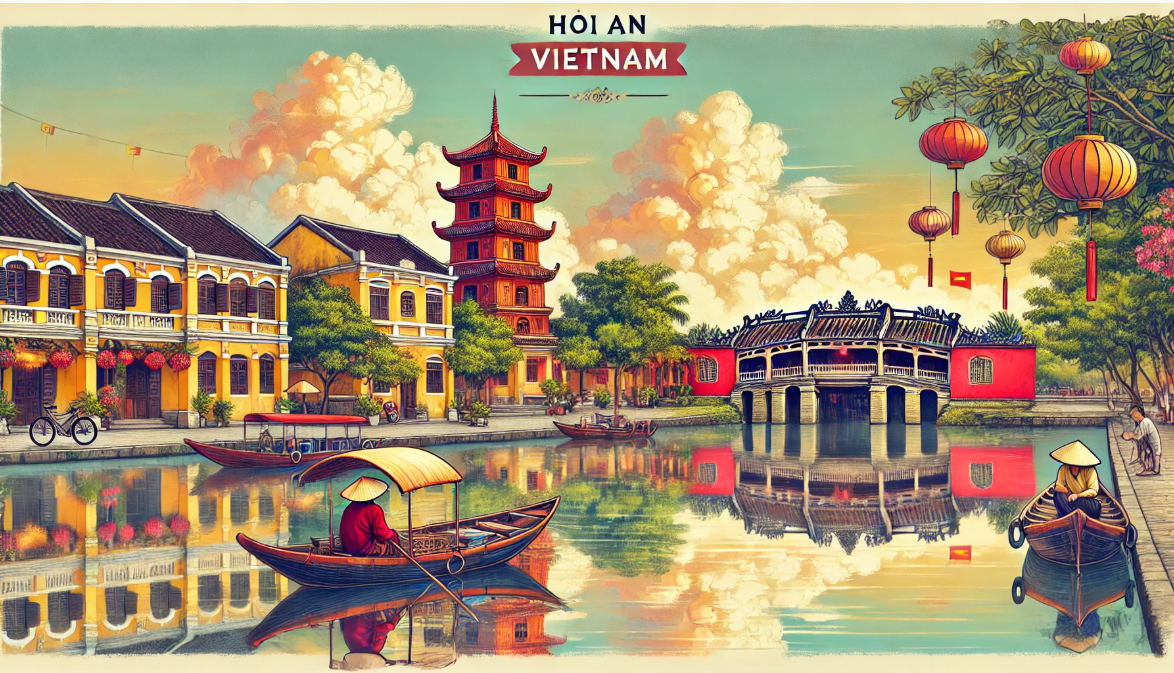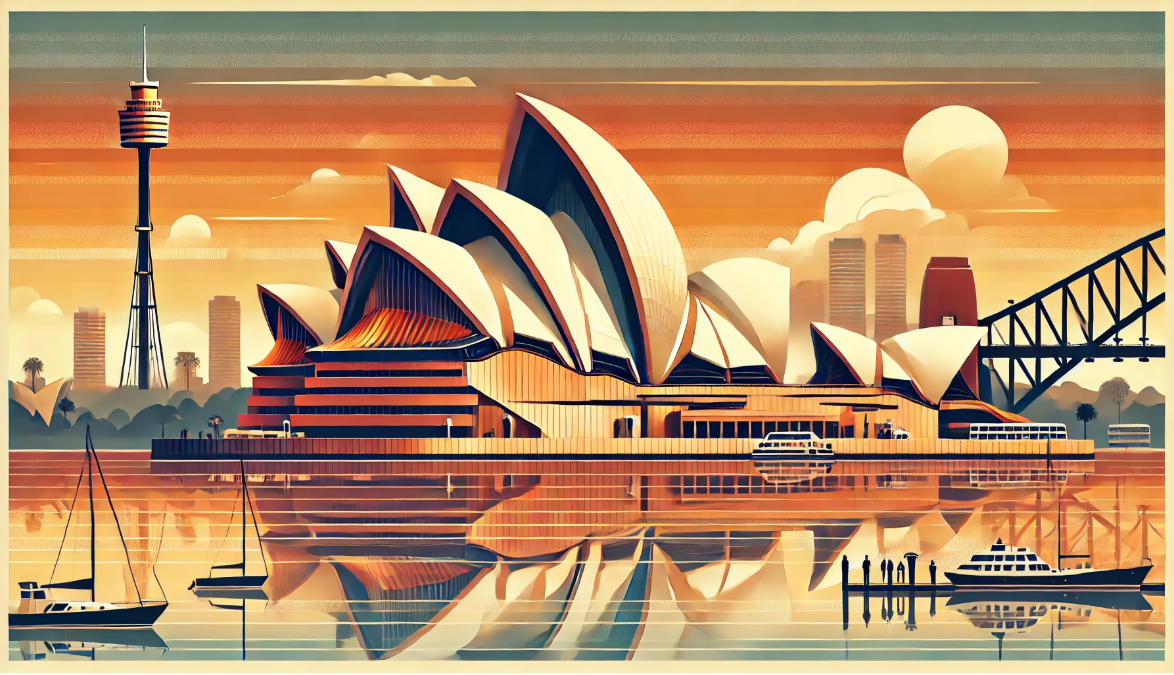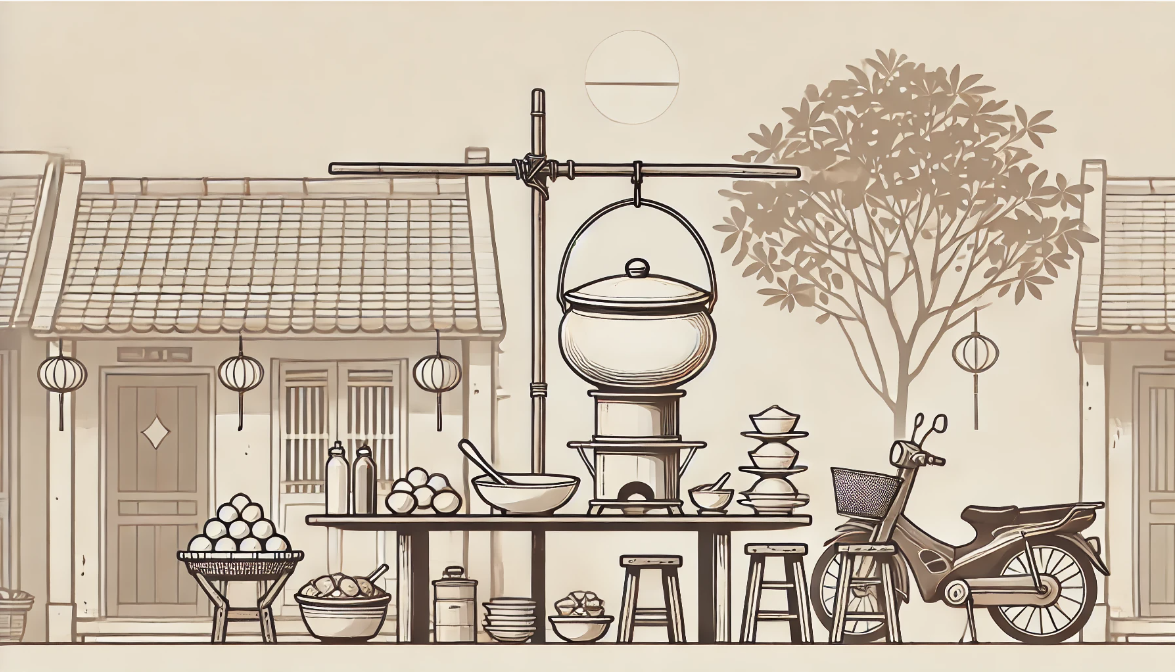Exercise – Unit 04: Participles and Participle Clauses – Chapter 1: Grammar Practice – Starter TOEIC – Third Edition – Building TOEIC Test-taking Skills – Anne Taylor – Casey Malarcher
A. Choose the word or phrase that best completes the sentence.
1. There’s ——- news.
(A) excite
(B) excitement
(C) exciting
(D) excited
Answer: (C) exciting
“News” is something that causes a reaction in people. Since the news itself is the agent causing excitement, we use the -ing form “exciting” to describe it.
The other options do not fit:
(A) “excite” is the base form of the verb and incorrect in this context.
(B) “excitement” is a noun, but the sentence requires an adjective to modify “news.”
(D) “excited” describes a person or thing that is affected by excitement, which is not the case here.
2. She was ——-.
(A) surprise
(B) to surprise
(C) surprisingly
(D) surprised
Answer: (D) surprised
The verb “was” links the subject “she” with a state or feeling. “Surprised” is the correct choice because it describes her reaction to something unexpected.
The other options are incorrect:
(A) “surprise” is the base verb and doesn’t fit here.
(B) “to surprise” is an infinitive and cannot function as an adjective.
(C) “surprisingly” is an adverb, but an adjective is needed.
3. ——- tired, he decided to leave early.
(A) Feels
(B) To feel
(C) Feeling
(D) Felt
Answer: (C) Feeling
The participle “Feeling” introduces a participle clause, explaining the reason for his decision to leave early.
The other options are incorrect:
(A) “Feels” is a verb and doesn’t fit the participle clause structure.
(B) “To feel” is an infinitive, which doesn’t convey the correct relationship between the clauses.
(D) “Felt” is the past tense, not suitable for introducing a participle clause here.
4. ——- from a distance, the painting appeared quite realistic.
(A) Seen
(B) Saw
(C) Seeing
(D) See it
Answer: (A) Seen
“Seen” is the past participle, used to introduce a participle clause that describes how the painting appeared. The painting is the object being “seen.”
The other options are incorrect:
(B) “Saw” is the past tense, not used for participle clauses.
(C) “Seeing” implies the subject is actively seeing, but here the painting is being observed.
(D) “See it” is grammatically incorrect in this context.
B. Choose the word or phrase that best completes the sentence.
Located in the heart of the city, the Plaza Ville Hotel is the most (1) ——- luxury hotel in town. Each of the 200 rooms has a wonderful view of either the river or the mountains. As part of our weekend package we offer a free massage and use of the sauna to all guests. If you feel (2) ——- after a busy week of work, why not check into the Plaza Ville for some rest and relaxation?
(1) (A) center
(B) located
(C) central
(D) best
(A) tiring
(B) tired
(C) tire
(D) to tire
Answer:
(1) (C) central
The context requires an adjective to describe the location of the hotel in a way that emphasizes its importance in the city. “Central” is the correct adjective here, meaning “situated in or near the center.”
The other options are incorrect:
(A) “center” is a noun, not suitable in this position.
(B) “located” is already used at the beginning of the sentence and does not logically fit here.
(D) “best” does not fit the structure of the sentence, as it describes quality rather than location.
(2) (B) tired
The sentence describes how someone might feel after a busy week. “Tired” is the correct choice as it describes a state of being, meaning “exhausted” or “in need of rest.”
The other options are incorrect:
(A) “tiring” would describe something that causes tiredness, not the state of the person.
(C) “tire” is a verb in its base form and cannot be used to describe a feeling.
(D) “to tire” is an infinitive, which does not fit grammatically in this context.
C. Fill the blank with the appropriate word.
1. The ——- for imports this year has already been filled.
(A) quota
(B) quote
(C) quarter
(D) court
Answer: (A) quota
“Quota” refers to a fixed limit or amount of something, often used in contexts involving trade or imports. The sentence suggests that a limit for imports has been reached.
The other options are incorrect:
(B) “quote” refers to a repetition of someone’s words or a price estimation, which doesn’t fit the context.
(C) “quarter” refers to one-fourth of something, typically a period of time, not a limit.
(D) “court” refers to a judicial or legal setting, which is irrelevant here.
2. For a ——- of reasons, he wouldn’t accept our offer.
(A) variation
(B) variant
(C) variety
(D) varying
Answer: (C) variety
“Variety” means a range or assortment of different things, which fits the context describing “a range of reasons.”
The other options are incorrect:
(A) “variation” refers to a difference or change in condition, not a range of items or reasons.
(B) “variant” refers to a specific form or version of something, which doesn’t suit the sentence.
(D) “varying” is a participle or adjective, not a noun, so it doesn’t work grammatically here.
3. Wholesale and ——- sales registered negative growth last month.
(A) part
(B) retail
(C) division
(D) gross
Answer: (B) retail
“Retail” refers to the sale of goods to consumers, complementing “wholesale” (sales in bulk). These two terms are commonly paired in economic contexts.
The other options are incorrect:
(A) “part” doesn’t relate to sales.
(C) “division” could refer to a segment of an organization, but it doesn’t fit the context of sales.
(D) “gross” refers to the total or overall amount, not a type of sale.
4. In the 1930s, there was a world-wide economic ——- and mass unemployment.
(A) policy
(B) prosperity
(C) activity
(D) depression
Answer: (D) depression
“Depression” refers to a severe and prolonged downturn in economic activity, which fits the historical context of the 1930s, known as the Great Depression.
The other options are incorrect:
(A) “policy” refers to a course of action or strategy, not an economic condition.
(B) “prosperity” means success or economic growth, which is the opposite of the context.
(C) “activity” is too general and does not describe the severe economic downturn.




